
Mosa Bell
Interaction Design
Overview:
This is a mobility project tackling the road safety issue with 5G technology. With the help of our trusting partners, Nokia and Aisin, our proposed AI-powered solution provides active safety for vulnerable road users such as cyclists to prevent accidents. The result of this project consists of a digital bike bell, a mobile application for the bell, and an in-car notification system.
Period:
September - November 2020
Team:
Agnes Kocsis (PM), Magda Nowak-Trzos (SE), Athanasios Stefanidis (SE), Mariam Naeem (AI)
Contributions:
UX research, UX/UI design, agile development, prototyping, usability testing, Facebook/Instagram advertising, video shooting
Tools:
Sketching, Figma, Protopie, Google Analytics, Google Tag Manager, Jira
Mosa bell product video
Demonstration of the problem space and our solution
Problem space
Wouldn't it be great if 5G can increase safety for car passengers?
During this project at Digital Product School by UnternehmerTUM, we worked with Nokia and Aisin to solve the road safety problem in the context of 5G technology. To narrow down the given problem space, our team decided to focus on developing safety solutions for vulnerable road users such as cyclists. This is because cyclists do not have a way to actively communicate with car drivers. Meanwhile, they are often invisible to vehicle users. Therefore, we came up with this How Might We question:
How might we reduce the number of bicycle accidents by creating harmonious interaction between bicycles and vehicles in order to build a safe environment for cyclists?

The agile process
In order to answer the HMW question, we took an agile working process to quickly test and iterate our solution ideas. We broke down the process into 4 stages, namely, Planning, Implementation, Review, and Retrospective.
-
Planning - Tuesday (2 hr)
-
Implementation - Tuesday to Monday - 15 minutes Daily each day
-
Review - Monday (1 hr)
-
Retrospective - Monday (1.5 hr)
User research
To explore the problem space, we conducted user interviews with different types of car drivers and bikers to understand their road behavior and its relationship with road safety.
Based on our research, our team identified the following pain points:
for car drivers:
-
Bikers and pedestrians will sometimes appear out of nowhere or don’t even follow the traffic rules.
-
Bikers are not visible, especially at night.
-
Every time when drivers need to turn right, they have to turn their heads back and make sure there is no biker behind.
for bikers:
-
Drivers cannot see vulnerable road users, especially in the right hook scenario.
-
Bikers fear that car drivers won’t give the right of way.
-
Bikers are lacking physical protection if they encounter collisions.
Other tools we used

Lean canvas

Story map

Pain point canvas


Online survey of cyclist behavior in Munich
Hypothesis
An active safety solution for cyclists will foster better bike-car communication, thereby creating a safer cycling environment and reducing bicycle accidents in urban areas.
Solution
Mosa Bell - a digital bike bell
We decided to develop a digital bicycle bell, which when pressed, can alert nearby automobile drivers by playing a sound within the vehicle itself or changing an indicator light of the vehicle’s dashboard. We will record the time and location of each bell press in our database and generate visualizations to spot dangerous intersections in the city (e.g. heat map). Insights about infrastructure and VRU behavior can be deduced from this visualization.
The signal is planned to be transmitted over cellular networks, proving the necessity of adopting 5G for its significant reduction in latency and positioning accuracy that is crucial for preventing collisions. With the help of 5G, car drivers can receive real-time signals sending from bikers.
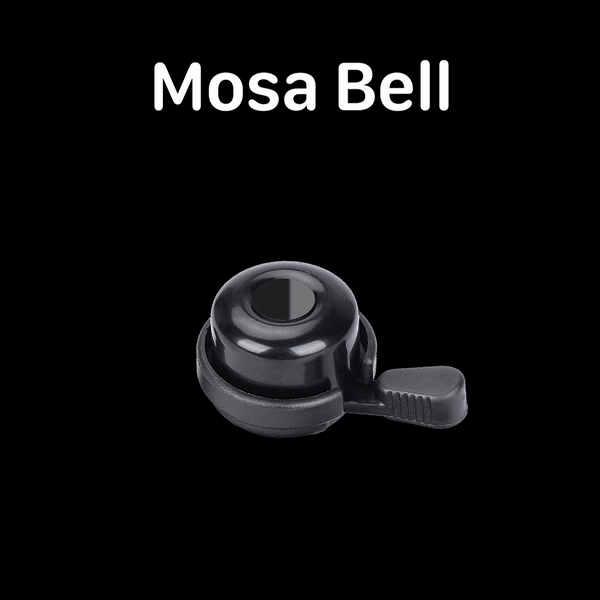

Concept of the digital bike bell
Product overview
We outlined the touchpoints in the user journey and mapped out the corresponding products and its users in order to further investigate each area. The 4 focused areas of our solution are Digital Bike Bell, Cyclist behavior modeling, 5G-connected car dashboard, and Heatmap.

Technology
Due to the restriction of the low 5G infrastructure penetration rate and the difficulty of accessing dashboard programming, we use mobile applications and Bluetooth to quickly test our ideas in our Minimum Viable Product (MVP).
Our product vision with 5G
Bike bell with built-in chips and dashboard application.

Our MVP with 4G
Bike bell connected to a mobile application and a mobile application for drivers.

Prototyping
We used prototypes to quickly test our proposed new bike-car language with minimum effort, even before we have the device of a digital bike bell. To do so, we designed a bike bell app and an in-car indication app.

Interface without directional feature

Interface with directional feature
2. Simulating car dashboard
This in-car indication app serves as the output device. We experimented with both cross-shape and X-shape of the visual indicator to find out with one is the most intuitive when drivers are driving with pressure. The colors represent the levels of danger which our AI model identifies.
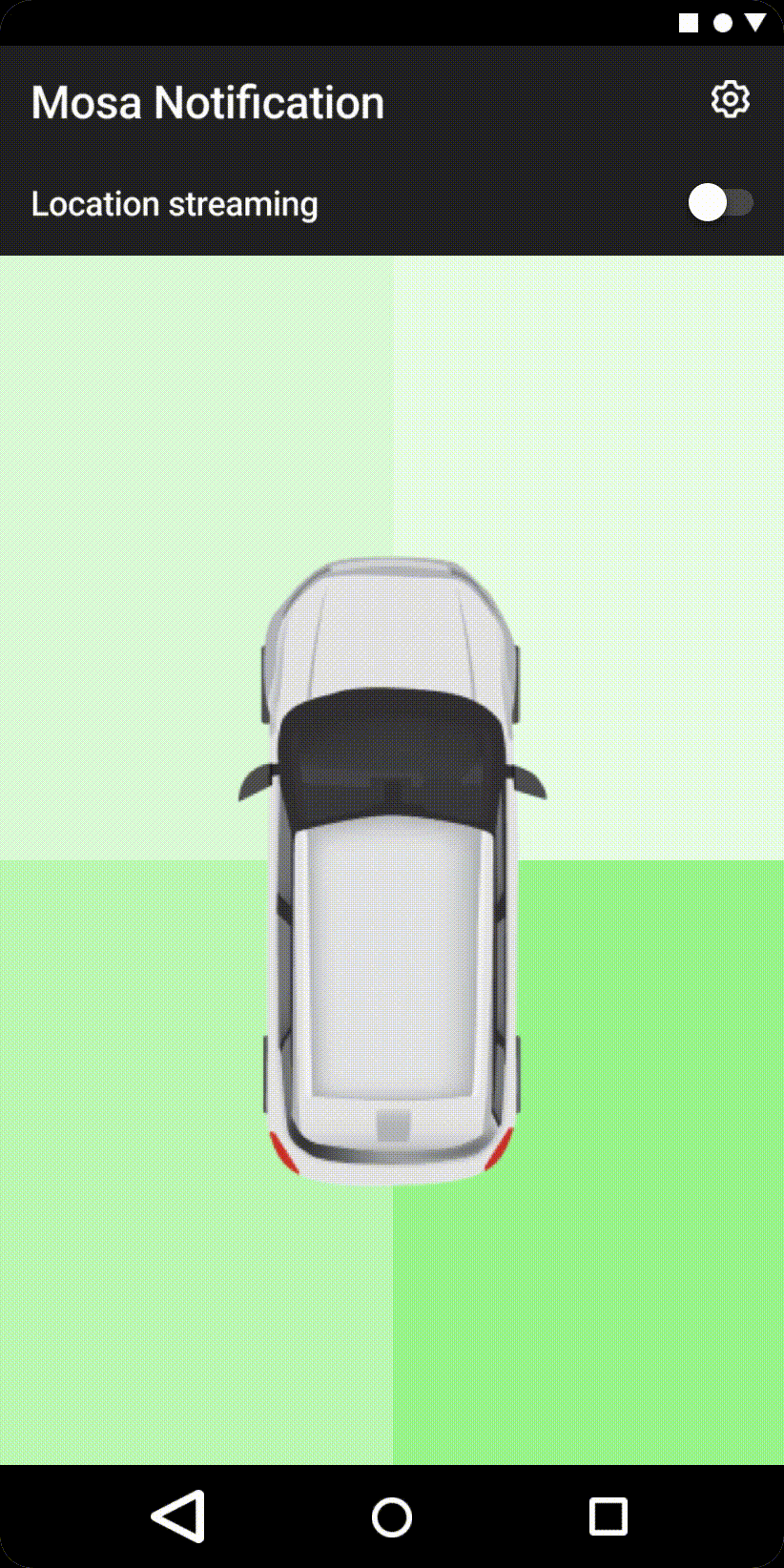

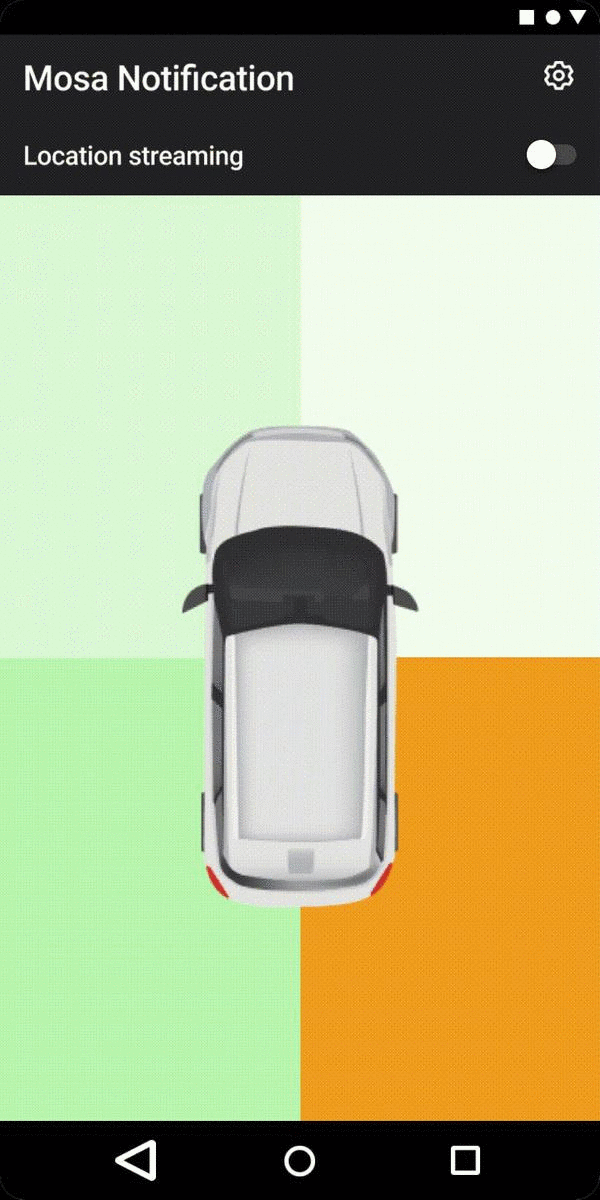
Crross-shape visual notification interface



X-shape visual notification interface
1. Simulating digital bike bell
This bike bell app serves as the input device. The prototype on the left will generate a bike bell sound when pressing the bicycle button and send a signal to the car app when pressing the car button. The purpose of this prototype is to simulate the digital bike bell function for user testing. The prototype on the right incorporates the six-directional feature so drivers can receive notifications according to the cyclist's position.
User testing
We used our prototypes to conduct 3 user tests with 14 users in total to iterate our MVP and to find out the best-performing means of bike-car communication.

In-car indicators
Besides the visual indicator, we tested the sound indicator with different sound effects, light indicator in different positions, and its combinations. As a result, directional sounds are the most intuitive indicator for car drivers when they drive on the road. However, the visuals can play as a supportive indicator for drivers if they want to know where the cyclist is coming from without turning their head to search for it.
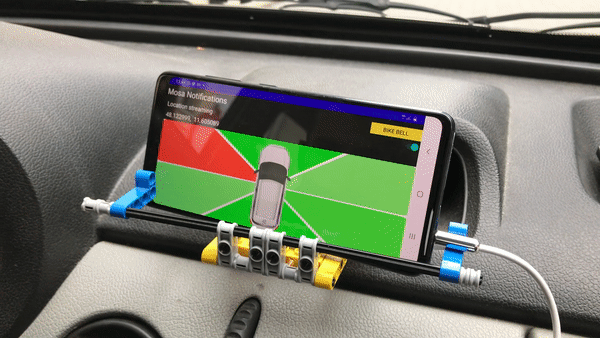
Visual indicator
6 directional areas

Sound indicator
Directional sounds of bike bell, human voice, and bell + human voice.
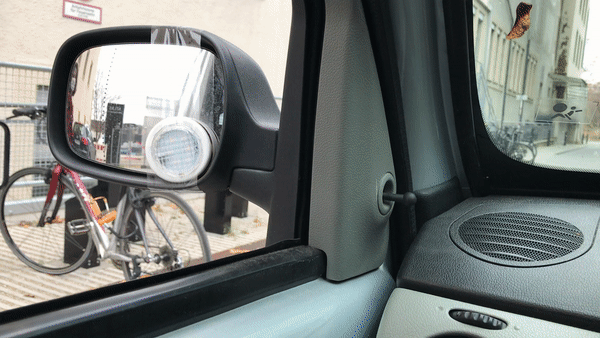
Light indicator
Light on side mirror and windshield.
Bike bell usability
As for the digital bike bell, we wanted to test whether cyclists are able to find the right button to ring other cyclists or car drivers in an emergency situation on the road. The videos below show the first part of the testing when the cyclist is not moving.
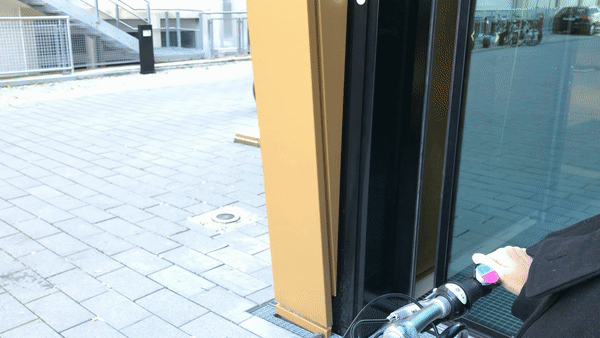
Ring cyclists/pedestrians
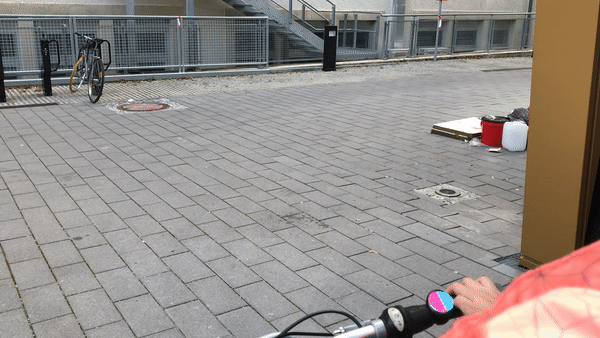
Ring car drivers
A glance at our user testing
Result
Demo video

MVP version of Mosa Bell
Mosa bell mobile application
To train our AI model for precise and personal notification, we developed an Android mobile app for the purpose of user profile creation and data collection. Besides, we added 3 features into the app to provide greater incentives for bikers to purchase our Mosa Bell, namely, Track your ride, Find your bike, and Avoid danger zones.
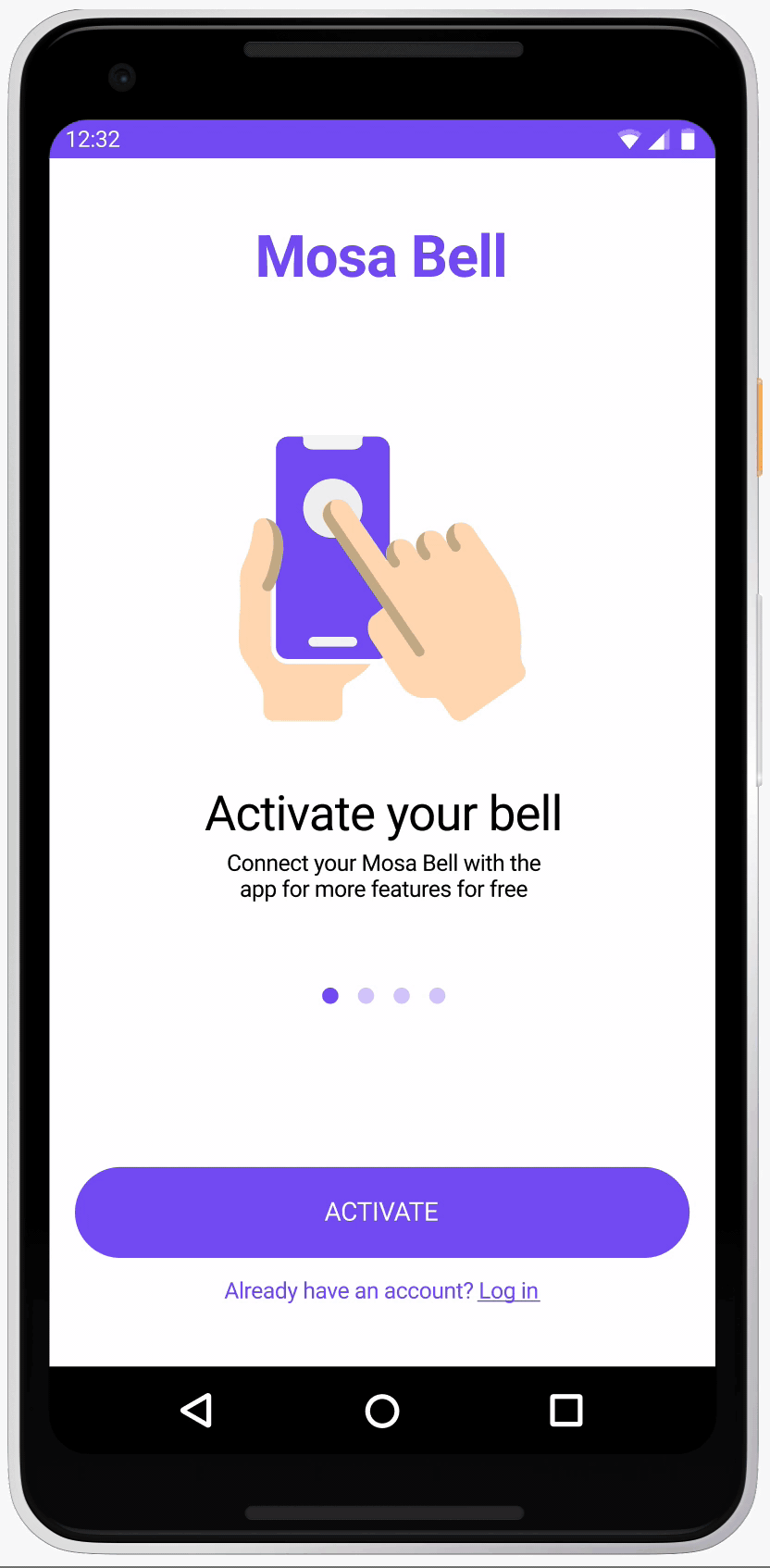
Onboarding
Make bell activation through the app mandatory to collect user profile data such as age, gender, with/without children, and perception of road safety.
Share your ride
We recognize users who share their rides as safety contributors. This information will allow us to analyze urban cycling behavior and report it to the authorities more precisely.

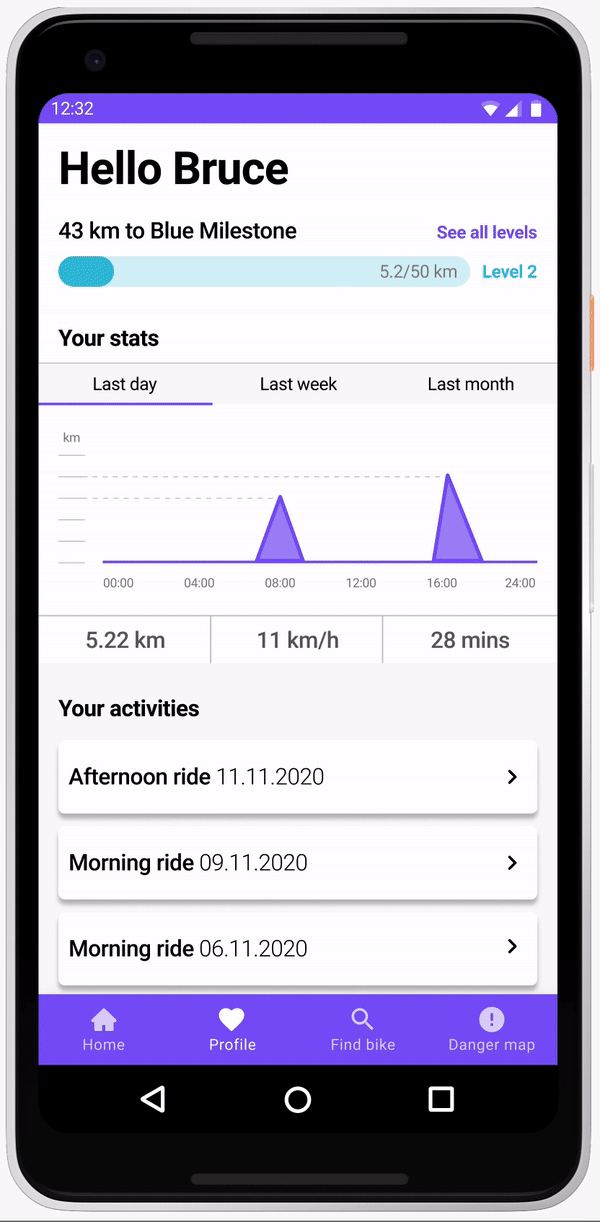
Check danger map
Users can view and avoid the danger zones where our system will identify when many users often ring the bell in that specific area and time.
In-car notification system
Based on our findings in user testing, we made the directional sound as the main indicator and visual display as the supportive indicator for car drivers. The intensity of the notification adjusts according to cyclists' profile (age, gender, whether they have a child, and ratings of the ride) and the data collected from the digital bike bell (number of rings, sharp acceleration/de-acceleration, and speed).

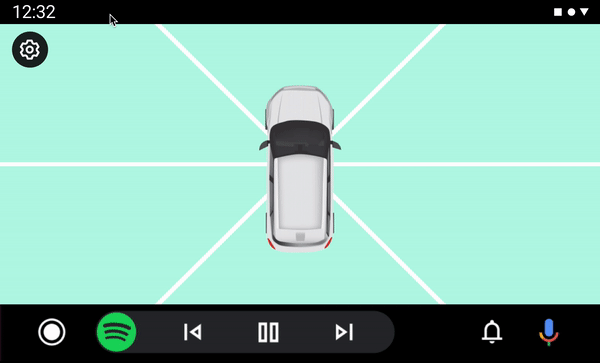
When careful cyclists approach

When careless cyclists approach

Colorblind-friendly design
Red blind/Protanopia


Green-Blind/Deuteranopia


Testing the willingness to buy
Besides product development, we launched a social media ad campaign to test the desirability of our digital bike bell. This allowed us to evaluate the business potential and adjust our direction with data directly collected from customers. The outcome of the campaign indicates that the interest in our product is high and it's worth investing in this project.
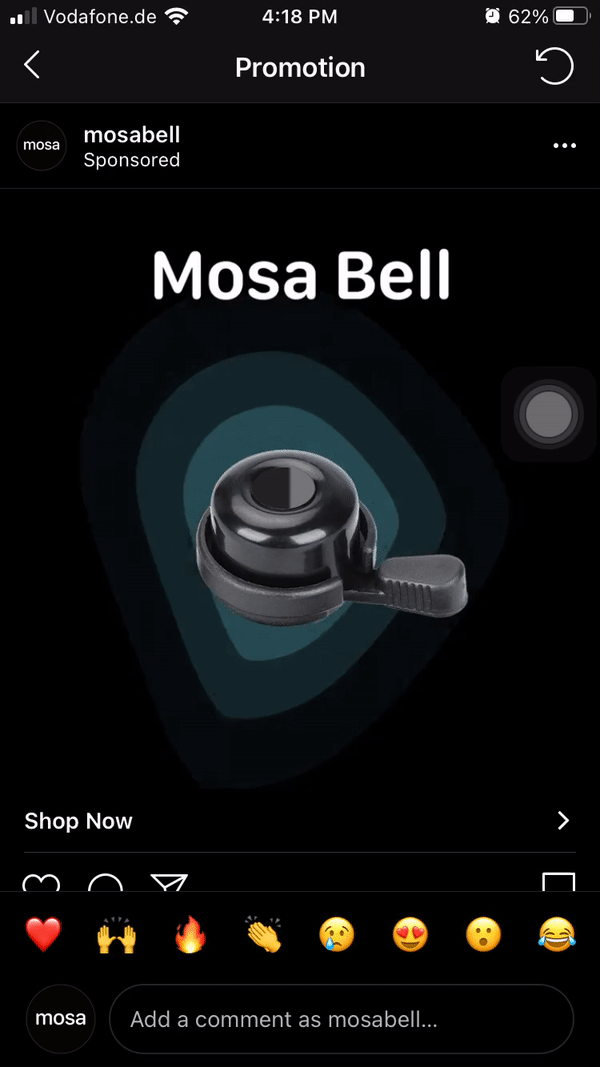
2.073% click rate
(Facebook/Instagram advertising)


2% conversion rate
(Call to action of ORDER NOW)
Learnings
-
Become agile by having a testing-oriented mindset. Instead of trying to build the whole product and then test it, our team broke down the solution into many assumptions so we can put in minimum effort to create prototypes and iterate it.
-
Validate business potential before the product is fully developed. We know that customers have a strong interest in our product by simply creating a product website and a channel for purchase to measure the willingness to buy.
-
Be flexible as a designer to make your team successful. In a cross-functional team, being able to recognize what your team needs at the current stage and contribute your skills for that results in great team performance. Besides interaction design, I contributed to my team by organizing a co-creation session, envisioning product vision with visual communication skills, and running a social media campaign.